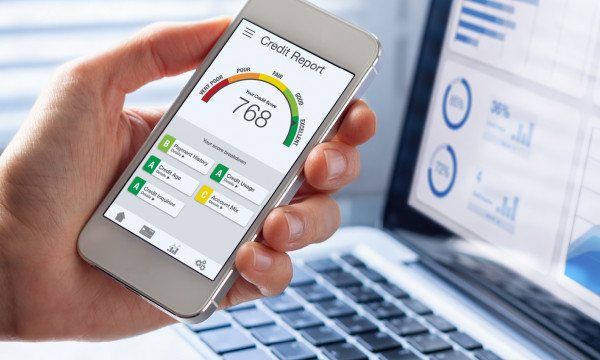Short- and long-term emergency savings
You never know when you’ll need it, so be ready by planning for both now and the future.

Here’s an interesting fact for you: According to the American Psychological Association, 72% of Americans name money as their #1 stressor at home. If you find yourself among that 72%, we have a few suggestions to help you financially prepare for the unexpected and hopefully ease your anxiety.
It’s good to consider emergency savings for the short term as well as long term. Let’s take a look at each.
Short-term emergency savings
As a simple baseline, your short-term emergency savings should be an amount that’s equal to your highest deductible. For example, your car insurance may have a $1,000 deductible (which is pretty common, as having a high deductible lowers your monthly premium). Your emergency savings fund should contain at least $1,000 to cover that deductible.
Think about it: What if you got in a car accident today? Your insurance would cover the damage, of course — except for the $1,000 deductible. And if you don’t have the cash to cover the gap, it could be pretty stressful. Statistics show that between 42% and 60% of Americans do not have the funds to sustain even a $400 emergency today. If you had your emergency savings, you would be the exception to that rule. What a relief!
Long-term emergency savings
Now let’s look at the bigger picture: As a general rule of thumb, long-term emergency savings should ideally equal three to six months of living expenses saved. It’s a large sum of money, and it may even seem impossible to accumulate — but that’s why it’s a long-term goal. Creating a solid budget to identify what your expenses are will help you understand how much you need to save. It should also help you see where you could cut back in order to save.
So, what’s the purpose of a long-term savings fund? This fund is what would cover you for a few months if you were to be furloughed, become unemployed, or another large-scale event (like a pandemic) were to affect the economy for an extended period of time. Are you currently prepared for these scenarios? If the answer is “not yet,” this is your chance to gain a better understanding of your basic monthly expenses (shelter, utilities, transportation, and food) and start working on saving three to six months’ worth of those expenses. A little careful planning and elbow grease can go a long way toward easing financial burdens if you find yourself in a hard place financially.
Saving can be hard, but UBT can help! For starters, you can download our free emergency fund calculator. For questions on building emergency savings or assistance with creating a strong budget, reach out to our Financial Literacy Manager at UBT.
Get help from a friendly expert
You can open up a savings account (and a spiffy new checking account, too!) online in about five minutes. Need help choosing a checking account that fits you best? We have an article for that — and there’s even an option that could earn you premium interest.
If you’d prefer to talk with one of our friendly bankers, feel free to call 402.323.1777, start a chat, or visit the UBT branch nearest you. We look forward to helping you!
Looking for more information about building your safety net? Check out our Emergency Funds resource center.
Learning Center articles, guides, blogs, podcasts, and videos are for informational purposes only and are not an advertisement for a product or service. The accuracy and completeness is not guaranteed and does not constitute legal or tax advice. Please consult with your own tax, legal, and financial advisors.





